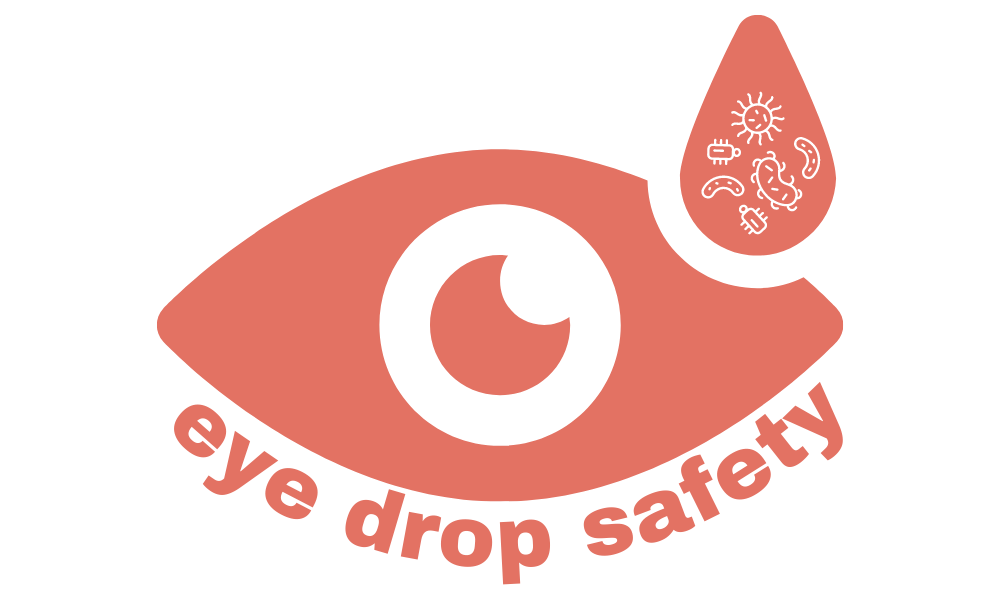Unlisted drugs
A growing number of eye drops sold in the US are manufactured by companies that the FDA knows nothing about.
These companies, both domestic and international, are dodging the FDA’s requirements to identify themselves to the FDA and to register their OTC eye drops.
It’s a simple rule.
OTC drugs must be listed with the FDA.
All non-prescription eye drops are classified as OTC drugs.
No matter what they’re made of.
No matter what they’re sold for.
It’s a simple process.
Submitting an OTC drug listing to the FDA is fast, easy, and free.
If you hire someone else to do it for you, it typically costs less than $500 per product and takes just days.
Why are dozens of companies not listing their eye drops?
They don’t want the FDA to know about them, because these products are breaking basic safety rules, or are not eligible to be sold OTC at all, or are manufactured in an unregulated facility.
(Or in someone’s basement.)
Here are some examples:
Counterfeits and Clones
We have found products designed to look similar or identical to popular Bausch & Lomb products on Amazon and Walmart.
Unregistered Imports
Dozens of products that do not meet US standards are being sold online. Many of these are in substandard packaging and do not state their ingredients.
Non-Preserved Eye Drops
Many unlisted eye drops, both domestic and imported, are unpreserved and are sold in simple multi-dose bottles (like EzriCare). This is a safety hazard.
Trending Scams
Eye drops claiming to change the color of your eye are being sold for high prices. No one knows where they are manufactured or how, or exactly what they contain.
“It’s natural!”
The market for more natural, less “drug-like” products has led to scam pharma businesses that entice consumers with claims of chemical-free eye drops while failing to meet safety standards.
Why does this matter?
It’s all about safety.
The primary concern of eyedropsafety.org is eye drop sterility, because non-sterile eye drops can cause sight-threatening (and even life-threatening) infections.
The manufacturing conditions and processes for unlisted eye drops are unknown, therefore there is no assurance that they are sterile at the completion of production, which includes mixing, bottling and capping.
Are my eye drops listed with the FDA?
DailyMed search tips
Try the brand name only first. This should generate a list of products.
Match your eye drop against a product on the list. Check the image of the packaging to confirm you have selected the right eye drop.
For generics, try the description first (e.g. “artificial tears”, then search within the resulting list.
If searching by product name, use the identical spelling including spaces, capitals and hyphens.







